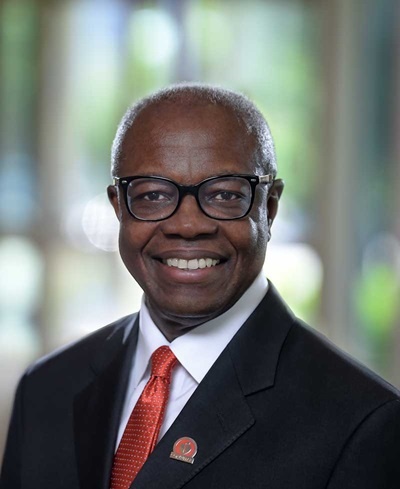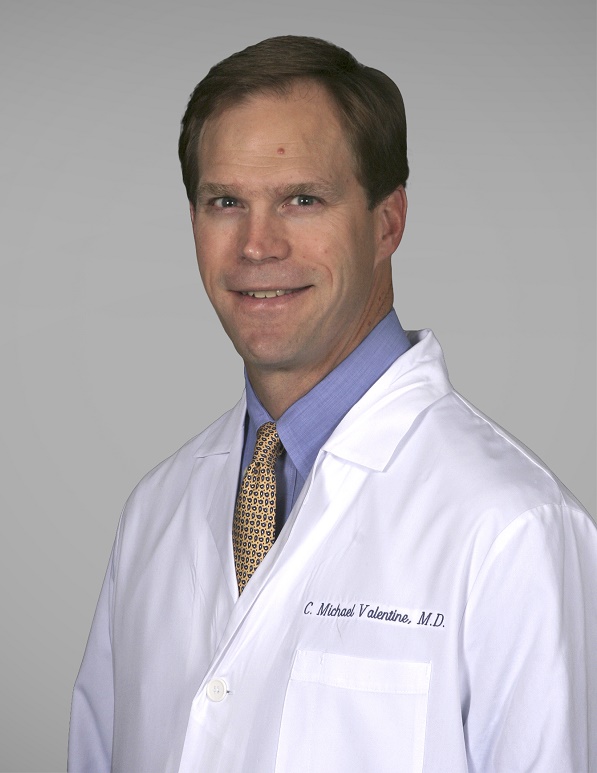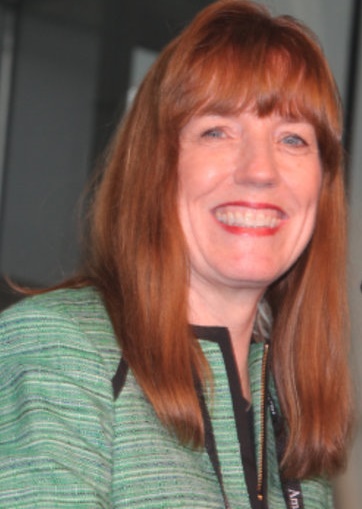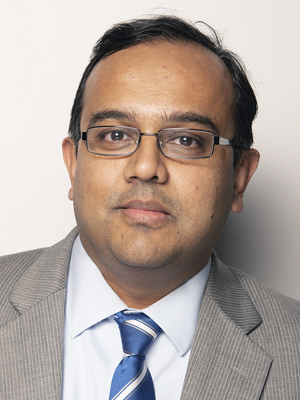Top News in Policy & Practice: 2018
The year’s highlights range from public health policy shifts, to changes meant to ease some of the burdens of day-to-day practice.
The biggest news in terms of policy and practice in 2018 covers a wide swath of territory, from tobacco-free policies and a push for gun violence research to updated guidelines and changes designed to ease the administrative burden on physicians, which contributes to high rates of burnout.

Ivor Benjamin, MD (Medical College of Wisconsin, Milwaukee), president of the American Heart Association (AHA), cited progress in policies limiting tobacco use as one of the highlights of the year. “We simply would like to have people, of course, not ingest tobacco products and we certainly are really focused on being sure that people do not start,” he said.
As a sign of inroads being made on that front, the number of Texas cities with ordinances requiring smoke-free public spaces topped 100—covering about 50 million people—in 2018. In addition, Benjamin said, the AHA has continued to work with the US Food and Drug Administration on ways to keep e-cigarettes out of the hands of teenagers.
Mary Norine Walsh, MD (St. Vincent Cardiovascular Research Institute, Indianapolis, IN), a past president of the American College of Cardiology (ACC), also pointed to efforts around tobacco control as one area in which physicians are becoming more vocal. Although a federal law making it illegal to use tobacco under the age of 21 is not likely to be passed any time soon, Walsh said, some states have already moved in that direction.
Also in the public health arena, Walsh said she’s seen a “major change” among physicians and professional societies in pushing for research on gun violence, including more social media activity. On Twitter, for example, physicians have started tagging relevant posts with #ThisIsMyLane in response to criticisms that the medical community should stay out of the debate about gun violence.
Federal Legislation
Physicians interviewed by TCTMD also saw some progress in the halls of the US Congress. This year saw a continuing increase in the budget of the US National Institutes of Health (NIH), the fourth consecutive year with an increase, Benjamin noted. With an additional $2 billion, the NIH’s budget is now at about $39 billion. “I’m always relieved to see the bipartisanship that results in increases in the NIH budget,” Benjamin said, noting that outside of the federal government, the AHA is the second-largest funder of CVD research.
In addition, the bipartisan budget deal signed into law in February contained a number of items favored by the AHA and ACC. One was the Furthering Access to Stroke Telemedicine (FAST) Act, which requires Medicare to reimburse hospitals for telestroke services across the country. This will ultimately improve patient outcomes, Benjamin said.

ACC President C. Michael Valentine, MD (Centra Medical Group Stroobants Cardiovascular Center, Lynchburg, VA), singled out some other important measures in the budget deal. For instance, physician assistants and nurse practitioners are now allowed to supervise cardiac rehabilitation programs; funding for the Children’s Health Insurance Program has been extended; technical amendments have been made to the Merit-based Incentive Payment System program; the electronic health record (EHR) meaningful use program was simplified; the Independent Payment Advisory Board was eliminated; and $5 billion was provided to shore up Puerto Rico’s Medicaid programs after the hurricane there.
A development that occurred just recently could have a major impact in the policy area moving forward, Walsh noted. A federal judge in Texas ruled that the Affordable Care Act (ACA) is unconstitutional, though additional legal proceedings are assured and the US Department of Health and Human Services (HHS) has said that it will continue administering and enforcing all aspects of the law for now.
“Many states have expanded Medicaid and expanded marketplace options for people to get healthcare, and this affects us as physicians and the healthcare institutions greatly because we know that the more people who have affordable healthcare, the more they seek care,” Walsh said, adding that the threat to the ACA is concerning.
While the ACA continues to be challenged, the idea of hospital- and physician-run accountable care organizations will likely “continue to gain steam,” according to Manesh Patel, MD (Duke University Medical Center, Durham, NC). Payers in general are putting more emphasis on managed care pathways that encourage efficiency.
Physical Activity, Cholesterol Guidelines
Physicians received new guidance to help in their practices in 2018.
Benjamin highlighted the update to the federal physical activity guidelines from HHS. Considering the known benefits of exercise on cardiovascular and brain function, he said, “it’s very disturbing that only 26% of men, 19% of women, and 20% of adolescents report that they meet the physical activity recommendations in the US.”
Another document singled out by Benjamin, Patel, and Walsh was the updated cholesterol guidelines from the AHA, the ACC, and other organizations.
Walsh said the emphasis on shared decision-making between doctors and patients in the cholesterol guidelines was significant: “This is something that we need to think about in all areas and all decisions in medicine, but it was expressly called out in that guideline and I was very pleased to see that.”

Patel said the message extends across subspecialties. “As the world evolves for more accountable care, all of us even as interventionalists are thinking about how we know our patients are managed to the optimal level of lipids and what the goal is for each patient,” he observed. Importantly, the latest cholesterol recommendations provide additional means of ascertaining patient risk, such as ankle brachial index and coronary artery calcium screening.
“From my perspective, that’s a big story,” Patel stressed, “because it is going to continue to focus how interventional cardiologists are part of teams that deliver high-quality care at hopefully the most efficient and lowest cost for patients.”
(For more about the new cholesterol guidelines, see: “Prevention.”)
Relieving Administrative Burdens
Patel highlighted several other themes from 2018. One is the move away from CAD as a standalone concept toward “total vascular care” that considers other factors like diabetes, cardiogenic shock, and peripheral arterial disease. Specific to PAD, appropriate use criteria for revascularization were released at the end of the year.
Some good news is that the FDA has, over the past few years, become more willing to allow first-in-human studies that accelerate development of new devices, Patel said. On the flip side, more attention is being paid to tracking outcomes, such as through the National Evaluation System for Health Technology (NEST) and unique device identifiers captured in EHRs, so that treatments are safe.
We think that may be one of the most exciting things that has happened in the world of cardiology as far as not only regulatory and congressional issues, but [also] all working together on improvement for patient care and relief of [the] physician burden that is really causing such a high rate of burnout for physicians and other clinicians. C. Michael Valentine
In terms of day-to-day practice, the shift away from the hospital to the outpatient setting affects clinicians, especially regarding changes in how patients are triaged with various diagnostic tests, Patel commented. “We’re also in the era of wearables. This is the year of the Apple Watch and A-fib detection. How is that going to be regulated? We’re being inundated as clinicians with that data.” All these data will need to be managed in a way that allows clinicians to better provide care, he pointed out.

Tellingly, what Patel called the “biggest threat to our profession right now”—physician burnout—also relates to the need to manage data. With the adoption of EHRs, he said, almost every computer system “translated all the billing and the note-making directly to physicians,” such that now 15% to 25% of time is spent not interacting face-to-face but rather through an electronic portal.
Valentine said the ACC—in partnership with subspecialty societies—has been working on a myriad of measures on the federal level to reduce some of the burden imposed by documentation requirements, making some progress with reforms announced by the US Centers for Medicare & Medicaid Services over the summer.
The collaboration with the subspecialty societies—bringing the “house of cardiology” together—is important, Valentine said. “We think that may be one of the most exciting things that has happened in the world of cardiology as far as not only regulatory and congressional issues, but [also] all working together on improvement for patient care and [the] relief of physician burden that is really causing such a high rate of burnout for physicians and other clinicians.”
Click here for more from TCTMD’s 2018 Year in Review.
Todd Neale is the Associate News Editor for TCTMD and a Senior Medical Journalist. He got his start in journalism at …
Read Full BioDisclosures
- Patel reports having served on the writing group of the appropriate use criteria and receiving research grants from HeartFlow, Bayer, and Janssen.
- Benjamin, Walsh, and Valentine report no relevant conflicts of interest.


Comments